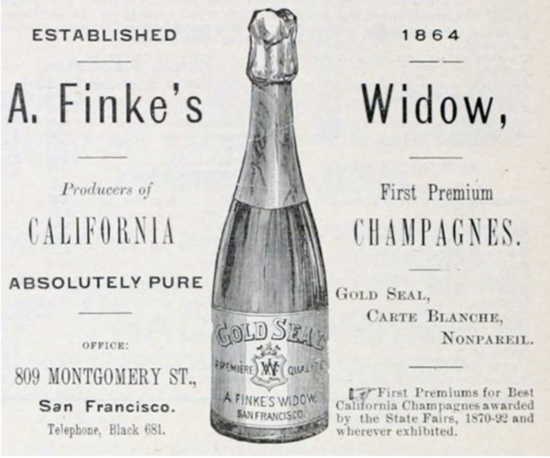 Planet wine is a heavily regulated old orb. Few people, I think, are aware that in addition to being subject to laws that govern the sale and consumption of alcohol, there are very detailed rules about what names can be attached to a bottle of wine. These are mostly rules associated with protected geographic appellations that link a designated place with specifically authorized grape varieties and production techniques. The idea being to bring some order and clarity to what would otherwise be a chaos of nomenclature.
Planet wine is a heavily regulated old orb. Few people, I think, are aware that in addition to being subject to laws that govern the sale and consumption of alcohol, there are very detailed rules about what names can be attached to a bottle of wine. These are mostly rules associated with protected geographic appellations that link a designated place with specifically authorized grape varieties and production techniques. The idea being to bring some order and clarity to what would otherwise be a chaos of nomenclature.
Some of you will be old enough to recall the bad old days — before international agreements forbade such shenanigans — when cheap (and not so cheap) U.S. domestic wine was widely and legally marketed as Chablis, Burgundy and Champagne.* I suppose that given these wines were clearly marked as coming from California or New York no one should have been bamboozled into thinking it was real French wine they were uncorking.
In any case, such names were magic words, linguistic totems with serious juju. So much so that we still encounter wine drinkers of a certain age under its spell who ask us for a Burgundy … then confide, sotto voce, that “it needn’t be French.”
One can be excused for thinking that wine legislation has so thoroughly cleared the undergrowth so as to have made the world safe for ordinary, non-expert wine enthusiasts. Hardly. Even your carefully curated Wine Corner harbors the occasional snare.
Take, for example, Montepulciano, which in Italy has the misfortune to be the name of both a place (a township just south of Chianti country in Tuscany) and the name of a grape. Ask us for “a Montepulciano” and you will be begged for more specifics: Do you mean the grape or the place?
This is because in Montepulciano the Place, wine is not made with Montepulciano the Grape and the place where wine is made from the grape is not in Tuscany, but the Abruzzo, the Marche and Umbria. Got that?
In Burgundy, so proud are they of their 33 grand cru vineyards that some of the region’s villages have seen fit to incorporate these iconic vineyard names into their own municipal monikers.
Exhibit A: The Montrachet grand cru is located in the township of Puligny whose winemakers get to label the wine they make as Puligny-Montrachet, even though these will be village-level wines with no claim to fruit grown in Grand Cru Montrachet and which sell for only a fraction of its price. This is true of a half-dozen other Burgundian grand crus and their villages.
When it became clear to me that a recent Wine Corner customer thought he was buying Grand Cru Montrachet at the bargain-basement price of $100, when he was really just fondling village level wine, I had to gently set him straight. He bravely brushed away tears.
A third, and particularly rich, example is provided by two considerably more plebeian wines, Lachrima Christi, a red wine wine of ancient lineage made around the Bay of Naples with a varietal of the same name, and Lacrima di Moro d’Alba, an appellation in the Adriatic-adjacent region of the Marche. The latter made not with the Lachrima Christi cultivar, but with an altogether distinct varietal named, confusingly, Lacrima.
Some of my more alert (read: still awake) readers will already be wondering about the reference to Alba, an important wine hub in Italy’s Piedmont region and home to well-known and well-beloved wines made with Barbara and Dolcetto fruit and which has exactly nothing to do with what is done in the Marche. How it is that Lacrima di Moro d’Alba should be permitted to trade on that fine old town’s historic name, we really can’t say.
Should you find this all as much of a muddle as the rest of us, take heart. Acknowledging and facing up to our wine confusisms is an important first step on the road to … utter bafflement.
*You’ll still see this kind of mislabeling. While In 2006 it was determined that Champagne, Chablis, Sherry and a half-dozen other generic names could no longer appear on U.S. domestic wine labels as descriptors, an exception was made for companies already using the terms. Gallo still sells a wine labeled “Hearty Burgundy.”